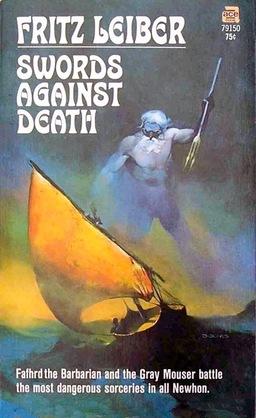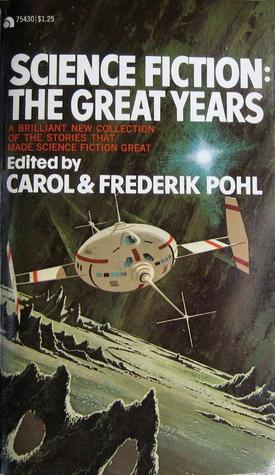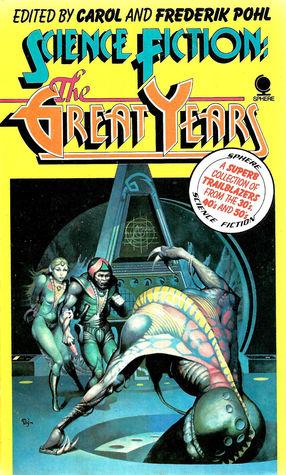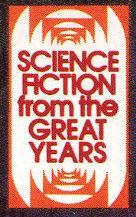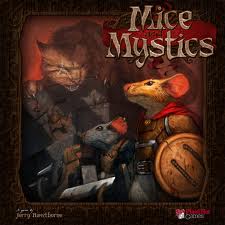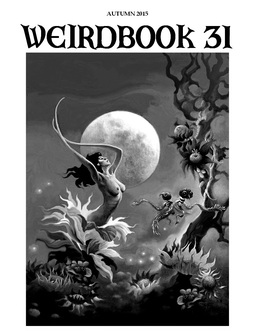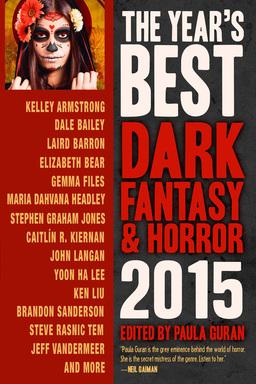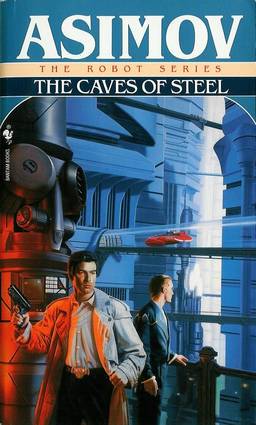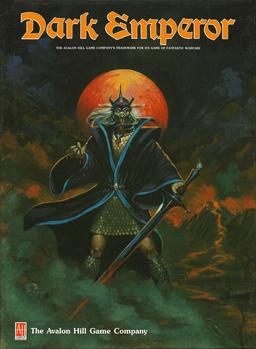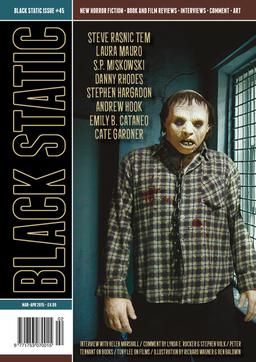New Treasures: Clarkesworld: Year Seven, edited by Neil Clarke and Sean Wallace
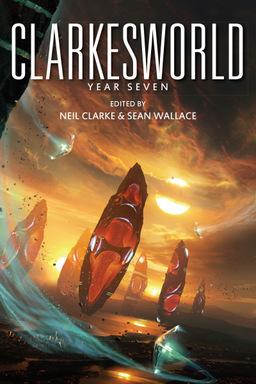 These annual Clarkesworld anthologies are a tremendous bargain. The individual magazines are $3.99 each, but these volumes collect all the original fiction for a full 12 months in a handsome package for just $16.99.
These annual Clarkesworld anthologies are a tremendous bargain. The individual magazines are $3.99 each, but these volumes collect all the original fiction for a full 12 months in a handsome package for just $16.99.
If you haven’t tried Clarkesworld, you’re missing out on one of the most vibrant and celebrated SF and fantasy magazines on the market. It is a three-time winner of the Hugo Award for Best Semiprozine, and in 2013 it received more Hugo nominations for short fiction than all the leading print magazines (Asimov’s, Analog, and The Magazine of Fantasy & Science Fiction) combined. Last November the magazine was awarded a World Fantasy Award.
Clarkesworld Year Seven collects original fiction from many of the most exciting writers on the market, including Genevieve Valentine, Aliette de Bodard, James Patrick Kelly, E. Catherine Tobler, E. Lily Yu, and many others.
The book also serves as a fund-raiser for the magazine, and every purchase helps support one of the finest magazines out there.
This year’s edition contains a whopping 36 stories. Here’s the complete Table of Contents.
